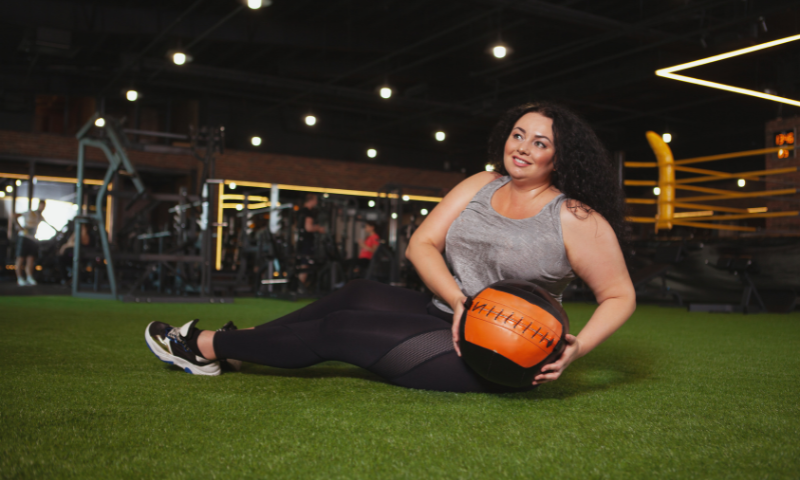There are several elements to building a balanced fitness plan: cardio, strength and flexibility. Walking, swimming, yoga and weight lifting are all very different exercises. It’s easy to focus on just one of these activity types, but they are all important to your fitness and overall health. How do you stack up?
Types of Physical Fitness
Cardiovascular Exercise
Cardiovascular exercise, or aerobic exercise, is any exercise that uses large muscle groups over a long period of time. Cardio makes your heart pump faster, increases your respiratory rate, and often makes you sweat. The Physical Activity Guidelines for Americans recommend adults get at least 150 minutes of cardiovascular activity per week.
Examples of cardiovascular exercise include:
- Walking
- Running
- Biking
- Dancing
- Swimming
Health benefits of cardiovascular exercise:
- Reduces health risks for chronic diseases
- Increases stamina and endurance
- Improves sleep
- Assists with weight management
- Boosts mood
Remember, you don’t need to complete all these activities in one workout, or even in the same day. They can add up quickly during your week if you spread them out. For example, you can do a 20-minute walk at lunch with co-workers, walk briskly around the soccer field during your child’s evening practice, and go for after-dinner bike rides to wind down from a long day.
Strength Training
Strength training, or resistance training, is a type of exercise that causes your muscles to contract against an outside resistance. It involves exercises that help you build strength and endurance. The Department of Health and Human Services recommends at least two sessions of strength training per week, working all major muscle groups.
Examples of strength training include:
- Weightlifting
- Bodyweight exercises
- Using resistance bands
Health benefits of strength training:
- Increases or helps maintain lean muscle mass
- Assists with weight management
- Reduces risk of injury
- Makes everyday activities easier
One of the greatest things about strength training is that it takes minimal time. You can fit it in during an early morning weight session, add hand weights to your morning or lunchtime walk, or do squats while watching television in the evenings.
Flexibility Exercises
Flexibility is the range of motion you have around a joint. It’s easy for our muscles to get tight and limit our range of motion, especially if you don’t move your body regularly. The American College of Sports Medicine recommends adults engage in flexibility exercises two to three days per week.
Examples of flexibility exercises:
- Yoga
- Stretching
- Tai chi
- Pilates
Health benefits of flexibility exercises:
- Improves balance and agility
- Reduces risk of injury
- Makes everyday activities easier
- Increases blood flow to muscles
Adding flexibility exercises to your daily routine can be as simple as stretching as part of your warm-up and cool-down or holding other stretches throughout the day for 10-30 seconds. Some people prefer more structured activities such as yoga or Pilates.
Putting it All Together
It can sometimes feel overwhelming to fit all of these activity types into your fitness plan. Like starting or adjusting any plan, change takes time. It’s okay to go slow and make gradual progress.
- Step 1: Take a look at your current fitness plan to see where you are.
- Step 2: Decide where you want to be and determine your goals from there.
- Step 3: Plan to add the activity into your routine and get moving!
If you are an avid walker who would like to build strength, begin by adding 5-10 minutes of a couple strength exercises into your routine. If you are a biker and feel you need to improve your flexibility, try attending a weekly yoga class or check out an online stretching video. Just a few additions to your fitness plan can make a big impact on your health!





